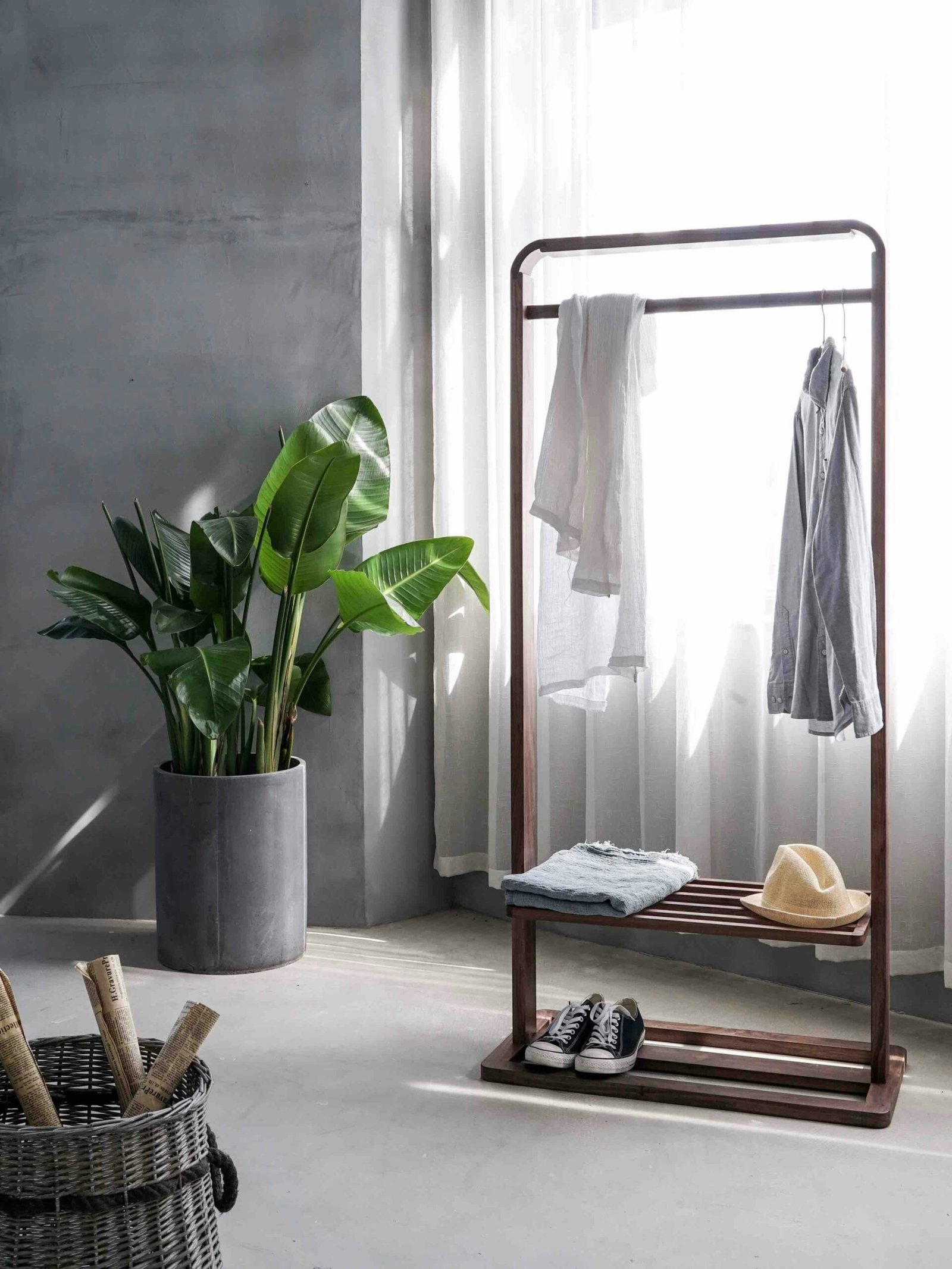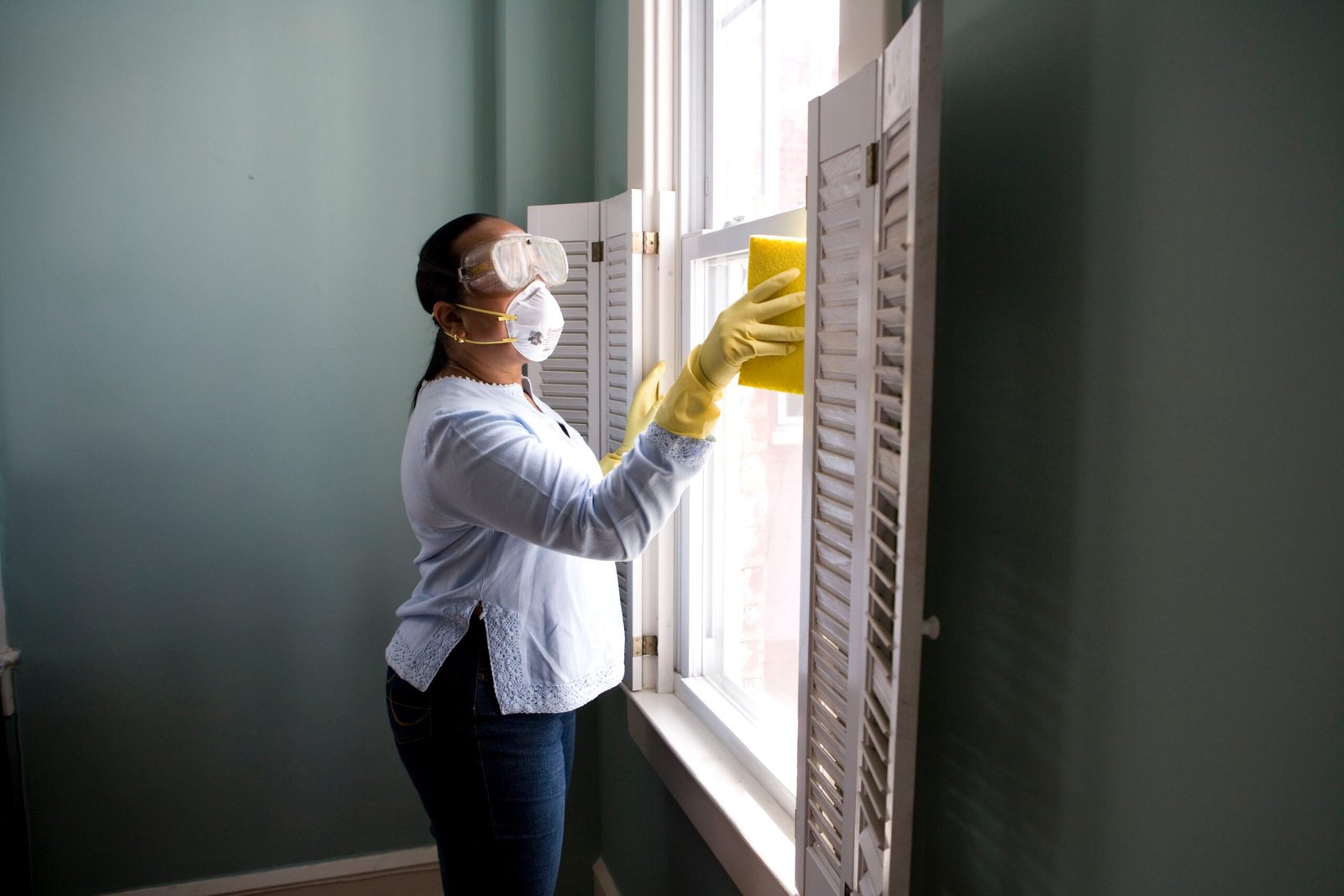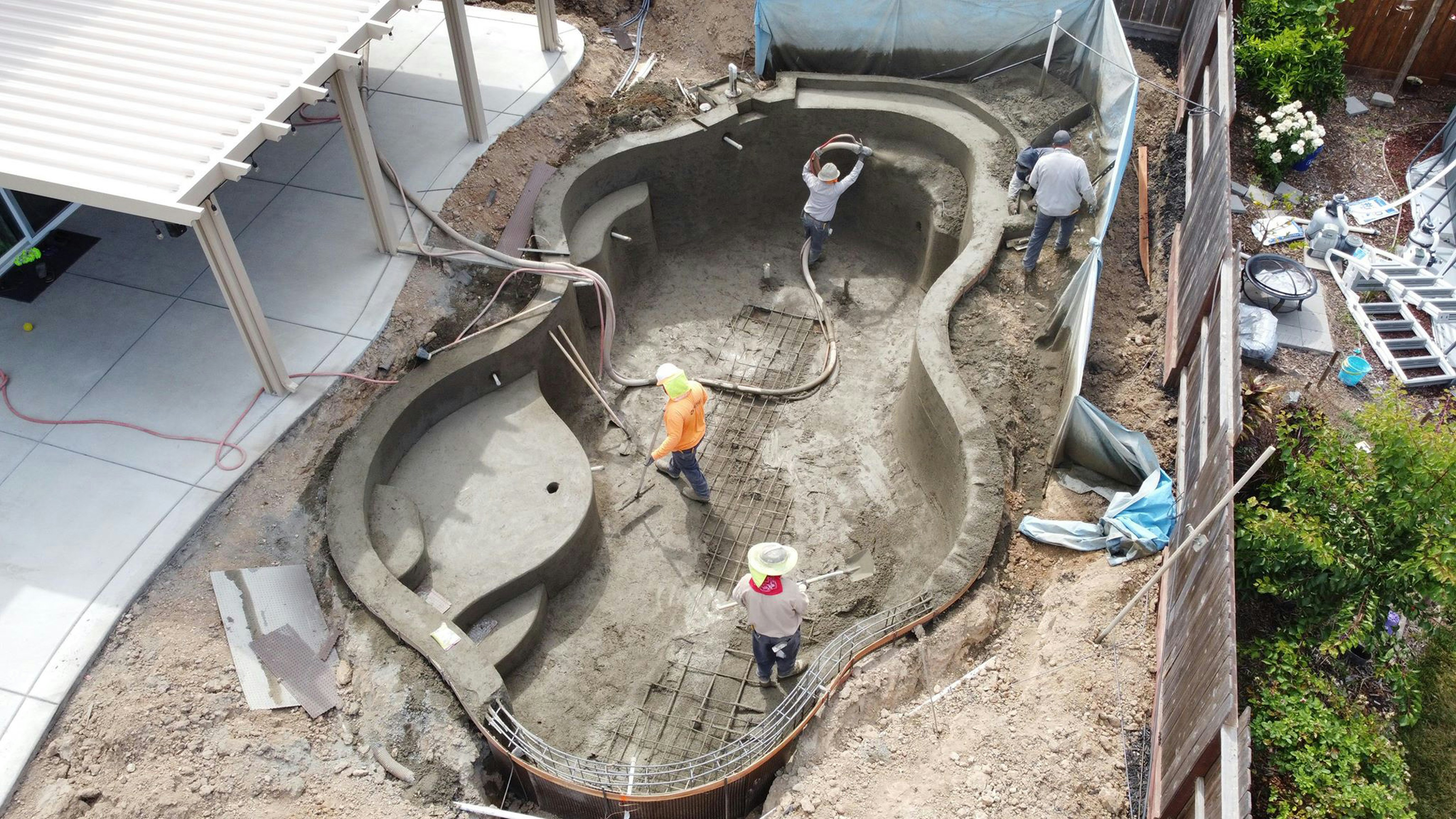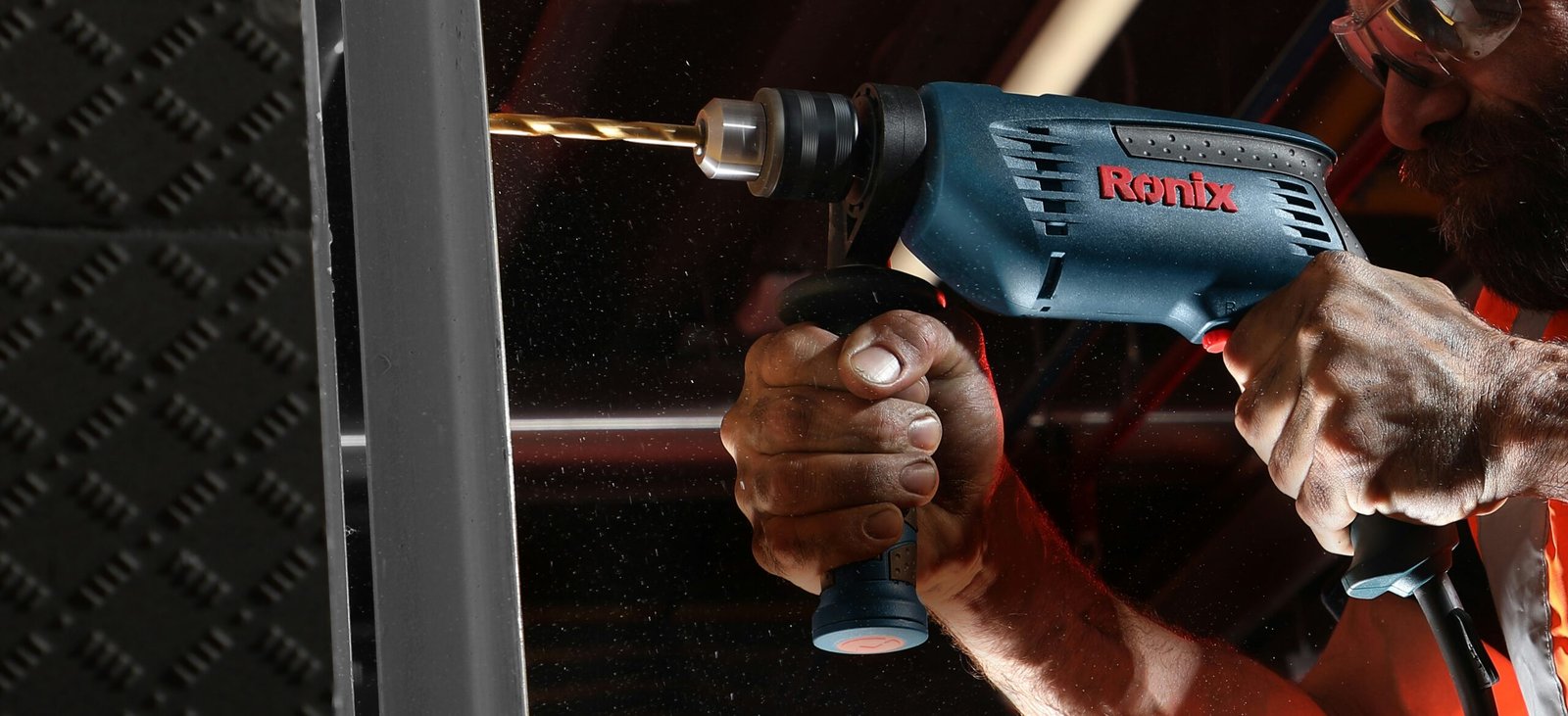Embracing Nature: Biophilic Design Elements
As the awareness of environmental issues grows, biophilic design is becoming an essential aspect of contemporary architecture and interior design. This approach focuses on reconnecting individuals with nature, promoting not only aesthetic appeal but also enhancing physical and mental well-being. In the Midwest, where the changes in seasons profoundly influence the environment, biophilic design elements are particularly relevant for creating inviting and functional spaces.
One significant aspect of biophilic design is the incorporation of indoor plants. These living elements improve air quality while adding color and life to interiors. Midwest designers often utilize native plants that are well-suited to local climates, ensuring sustainability and reducing maintenance. Popular choices include ferns and succulents, which can thrive indoors and contribute to a serene environment, enhancing both creativity and productivity.
Natural light plays a pivotal role in biophilic design, offering numerous benefits. During the longer days of spring, maximizing the entrance of sunlight can create warm and welcoming spaces. Large windows, skylights, and open floor plans are common features in Midwest designs that encourage natural light penetration. This connection to sunlight fosters a sense of tranquility and well-being, helping occupants feel more in tune with their surroundings.
In addition to greenery and light, the use of organic materials is a hallmark of biophilic design. Materials such as reclaimed wood, natural stone, and bamboo not only evoke a sense of nature but also support sustainable practices. In the Midwest, where timber and stone are readily available, designers frequently emphasize these elements, integrating them into both residential and commercial projects. Such materials not only add texture and warmth but also create a deeper connection to the local environment.
Overall, embracing biophilic design elements in the Midwest not only enriches the aesthetic qualities of interior spaces but also promotes a healthier lifestyle. The incorporation of indoor plants, natural light, and organic materials can significantly impact well-being, making it a trend worthy of exploration and implementation.
Earthy Color Palettes: The Return to Nature-Inspired Hues
As we approach spring 2025, the design landscape is poised to experience a vibrant resurgence of earthy color palettes. Drawing inspiration from the striking geographic features prevalent in the Midwest, this season’s color trends are expected to feature an array of natural tones that evoke a sense of groundedness and connection to the environment. Prominent among these hues will be deep moss greens, rich warm terracottas, and soft neutrals that reflect the region’s lush foliage and varied landscapes.
Moss greens, reminiscent of verdant forests and fertile fields, will dominate the palette, providing a refreshing touch that encourages serenity in any space. This color can be seamlessly integrated into interior spaces through paint, accent walls, or even as a primary choice for larger furniture pieces. Complementary to moss greens, warm terracottas offer a rustic charm, inspired by the clay-rich soil of the Midwest. Incorporating these shades through textiles, such as cushions or throws, can create a cozy atmosphere while capturing the essence of nature.
Soft neutrals, including creamy beiges and muted taupe, will also play a significant role in this color movement. These shades serve as versatile bases that can enhance the warmth of more vibrant colors while promoting a harmonious design scheme. Sustainable materials in furniture, such as reclaimed wood or organic fabrics, can underscore the commitment to environmental responsibility while allowing these earthy tones to shine. By thoughtfully blending these nature-inspired hues into their designs, individuals can create a sanctuary that reflects their appreciation for the Midwest’s beautiful landscapes.
As spring 2025 approaches, embracing these earthy color palettes will not only transform living spaces but will also foster a deeper connection to nature and the world around us.
Functionality Meets Aesthetics: Multi-Purpose Design Solutions
As the design landscape evolves, a significant trend emerging in the Midwest for 2025 is the integration of functionality with aesthetics, particularly through multi-purpose design solutions. This trend arises from an increasing demand for practicality in living spaces, especially amid urbanization and smaller living environments. Midwestern designers are leading the charge in innovating furniture and space designs that cater to this need, demonstrating that elegance and utility can indeed coexist.
One notable example of this trend is the rise of convertible sofas and modular furniture units. These pieces allow homeowners to maximize their available space while maintaining a stylish appearance. For instance, a stylish sofa can transform into a guest bed, or modular units can be reconfigured to accommodate changing needs, such as hosting gatherings or accommodating family members. Such furniture not only saves space but also contributes to a more dynamic living environment.
Homeowners looking to embrace this trend can consider a few practical tips. First, assess the specific needs of the household to identify which multi-purpose designs would be most beneficial. For example, using a storage ottoman can provide both seating and hidden storage, effectively utilizing available space. Additionally, incorporating wall-mounted furniture can create a clean aesthetic, while freeing up floor space.
Furthermore, regional designers have successfully implemented these concepts in various settings. In urban areas, you might find stylish Murphy beds that blend seamlessly into the aesthetic of a room while providing crucial functionality. Out in rural settings, large dining tables that double as workspace exemplify how multi-purpose solutions can fit different lifestyles and needs. Overall, by prioritizing versatility in design, homeowners can enjoy spaces that are not only practical but also reflect their personal style.
Tech Infusion: Smart Homes and Sustainable Design
The integration of technology into home design is set to define the architectural landscape of the Midwest in spring 2025, as we witness a significant shift towards smart homes coupled with sustainable design practices. This fusion not only enhances the functionality of living spaces but also promotes environmentally conscious choices among homeowners. As the region embraces innovative technologies, several emerging trends are likely to shape its future.
Smart home innovations have gained remarkable traction, characterized by devices that enhance convenience and facilitate energy efficiency. For example, smart thermostats enable homeowners to monitor and control heating and cooling systems remotely, resulting in reduced energy consumption. This technology exemplifies how design can evolve to accommodate a growing preference for eco-friendly solutions. Furthermore, energy-efficient appliances are increasingly becoming a standard feature in modern homes. Not only do they contribute to a reduced environmental footprint, but they also align with the aesthetic aspirations of contemporary design.
In addition, automated lighting systems are gaining popularity as they allow users to customize light settings to suit their preferences and schedules. These systems can be programmed to dim or brighten based on the time of day or occupancy, which not only enhances comfort but also minimizes unnecessary energy use. Such advancements reflect a broader trend in sustainable design, where technology seamlessly integrates with aesthetic and functional requirements.
Moreover, the potential for smart technologies to contribute to overall energy efficiency cannot be understated. With greater awareness and urgency surrounding climate change, design strategies that incorporate smart home features are becoming crucial. As we move into 2025, it is clear that the harmonious relationship between technology and sustainability will remain at the forefront of design trends in the Midwest, driving both innovation and responsibility in modern living spaces.
If you’re interested in purchasing the item you seek, please click the link for additional details: #americanachoice.
https://amzn.to/3SBN3Oy
AFFILIATE DISCLOSURE: I am an affiliate for this company, I am not a paid employee.
I may receive a commission if you click a link on this page and choose to purchase something.
You can rest assured I will only share things I believe in and will be valuable to you.



